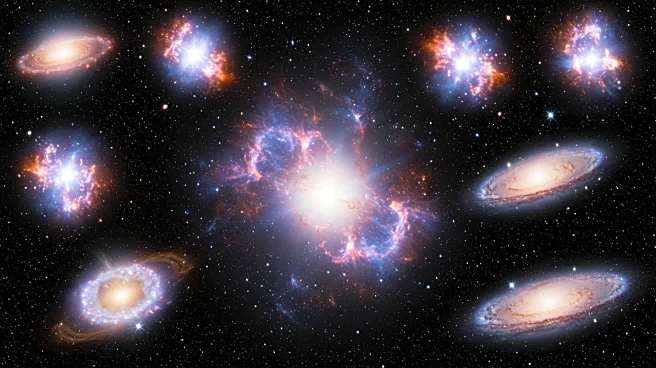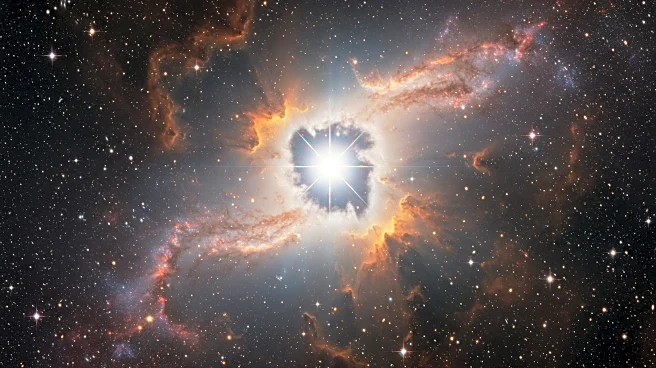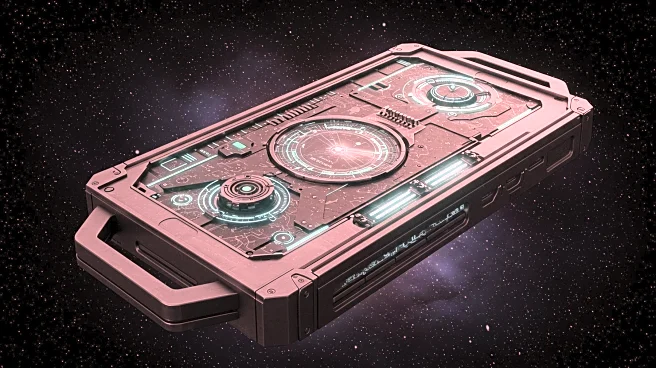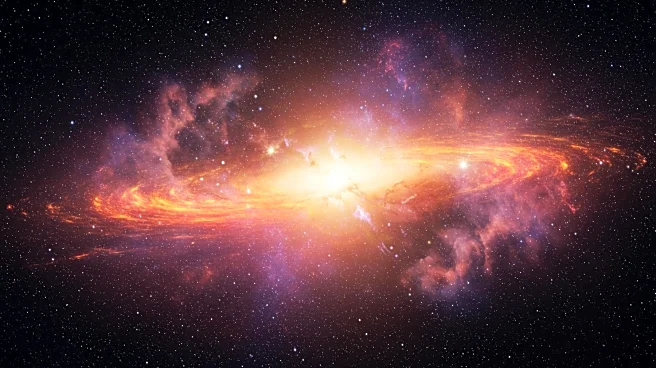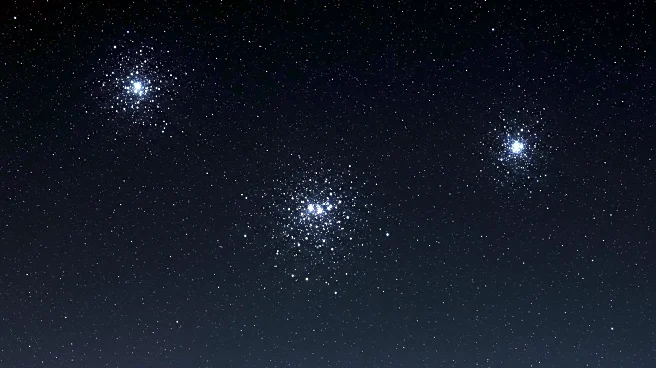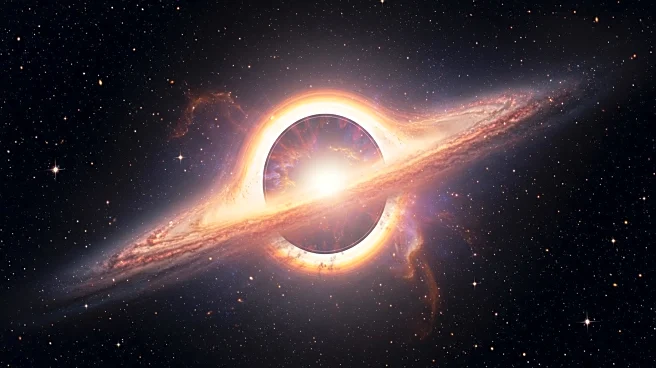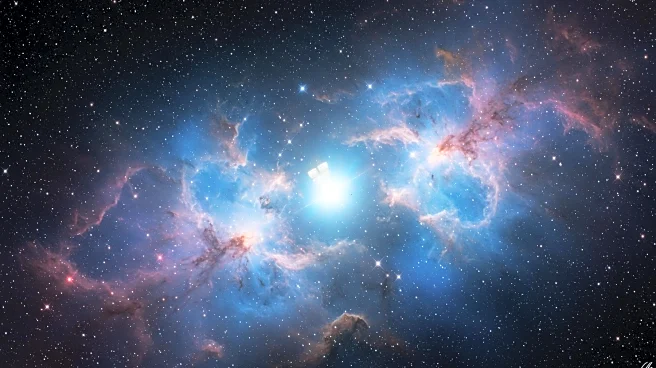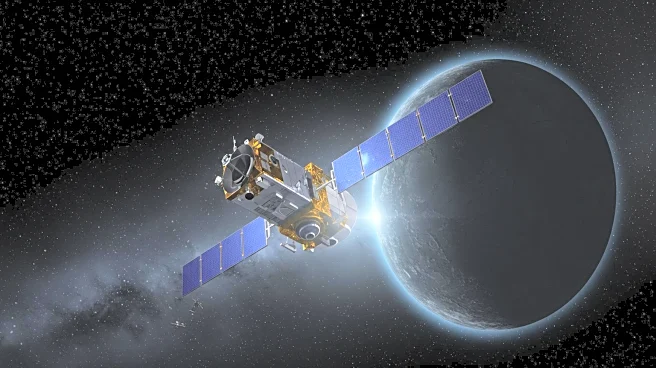Rapid Read • 6 min read
Astronomers have developed a new method to detect supernovas within hours of their explosion, overcoming previous challenges in observing these events. The technique involves large-scale surveys and specific protocols to identify young supernovas among vast amounts of data. This advancement allows scientists to study the early stages of supernova explosions, providing insights into the stars' structure and the environment around them.
Detecting supernovas shortly after they explode is crucial for understanding the dynamics of stellar evolution. Early observations can reveal details about the star's composition and the nature of the explosion, contributing to the knowledge of cosmic phenomena. This method enhances the ability to study supernovas systematically, potentially transforming the understanding of how stars explode and the impact on surrounding space.
AD
The new detection method will be integrated into upcoming surveys, such as those conducted by the Vera C. Rubin Observatory. This could lead to routine observations of supernovas within 24 hours of explosion, providing valuable data for astronomers. The protocol may be adapted for use in other observatories, expanding the scope of supernova research and improving the understanding of stellar processes.
AD
More Stories You Might Enjoy


